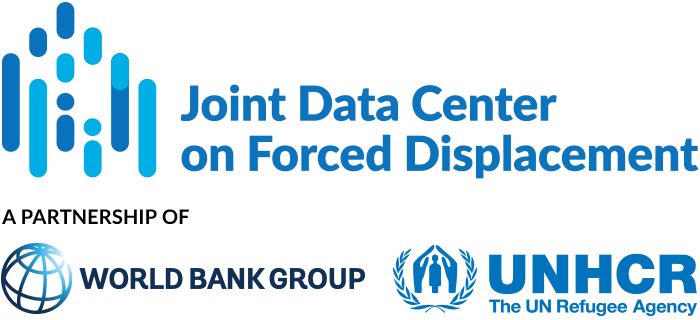Statistical Inclusion of Forcibly Displaced
and Stateless People
The number of forcibly displaced people now stands at over 100 million. Many of the countries who host these people are rising to this challenge, making generous efforts to welcome and support those forced to flee and granting them access to health, education and other national systems. While responses to forced displacement are evolving rapidly towards greater national leadership and ownership, data production does not yet mirror this trend. Refugees and IDPs are often systematically excluded, insufficiently represented or inadequately identified in national surveys and other data.
Challenging this status quo, a number of national statistical offices are driving innovation and have begun to expand their national household surveys such as MICS, DHS, labour force surveys or integrated poverty surveys to refugees, IDPs and stateless. The multistakeholder pledge on statistical inclusion is another milestone in this evolution. 102 pledges were made by countries and other stakeholders to include forcibly displaced and stateless people in their national data production, in line with internationally recommended standards.
EVERYBODY COUNTS - Fostering Refugee Inclusion through National Statistics
A side event at the Global Refugee Forum highlighted best practices of national statistical inclusion featuring presentations from countries, international organizations and refugees.


